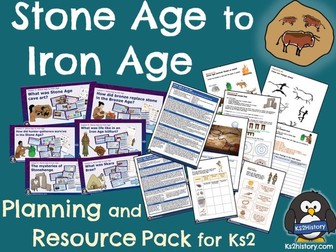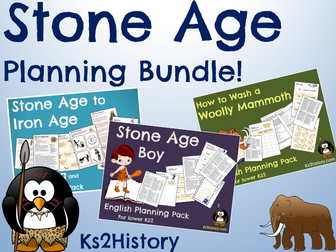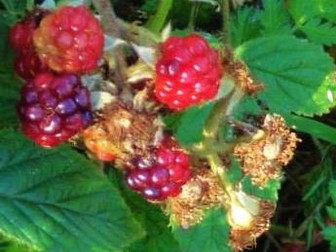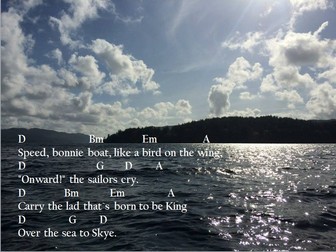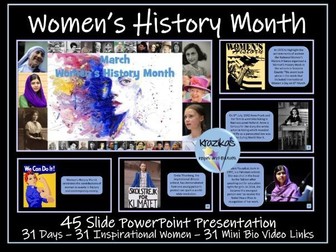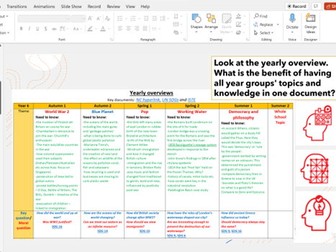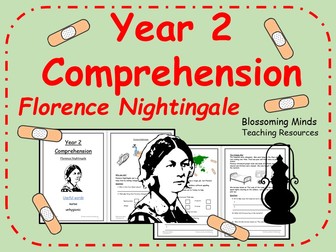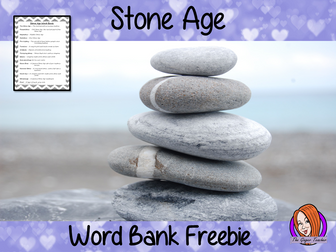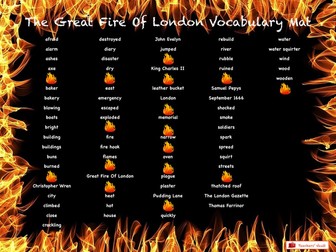
Stone Age Planning
A fully-resourced unit of 10 history lessons for KS2, covering the Stone Age to Iron Age topic. This KS2History planning pack includes 10 detailed lessons plans, each with accompanying pupil resource sheets and Powerpoint slides.
The ten sessions in this unit aim to give an overview of the period from the Stone Age to the Iron Age in Britain and to highlight some of the major changes during this period. There is an emphasis on allowing pupils to consider the sources of evidence that form our understanding of this period of British history.
The aims of the unit for pupils are:
To gain an overview of the major changes in Britain from the Stone Age to the Iron Age
To consider how we know about a historical period without written sources
To research what it might have been like to live in Britain during this period
This pack contains everything you need to teach this unit, including differentiated activity ideas so that it can be adapted to the needs of your class. The Powerpoint text is also editable.
The planning pack covers the following lessons:
What does prehistory mean?
How did hunter-gatherers survive in the Stone Age?
What was Stone Age cave art?
What kind of sources tell us about the Stone Age?
What was Skara Brae?
Why are there so many mysteries about Stonehenge?
How did bronze replace stone in the Bronze Age?
What do grave goods tell us about the Bronze Age?
What was life like in an Iron Age hill fort?
What was Iron Age art like?
This pack is brought to you from Ks2history.com.
This resource includes 1 x PDf file (containing all lessons and resources) and 10 x separate PPT files.
You may also like:
Stone Age Boy Literacy Planning
How to Wash a Woolly Mammoth Literacy Planning
Stone Age to Iron Age planning bundle of all 3 packs
